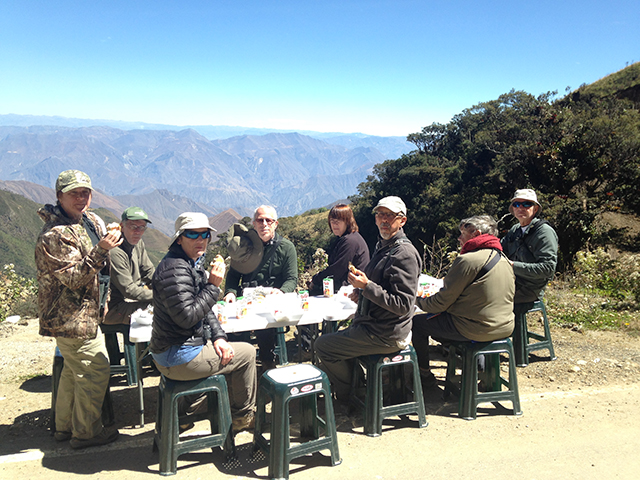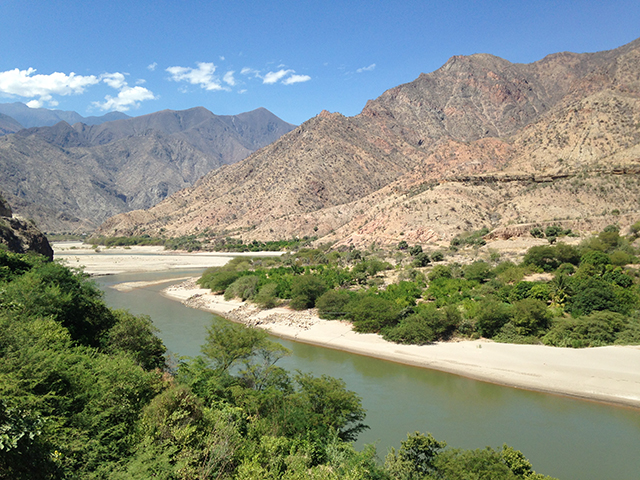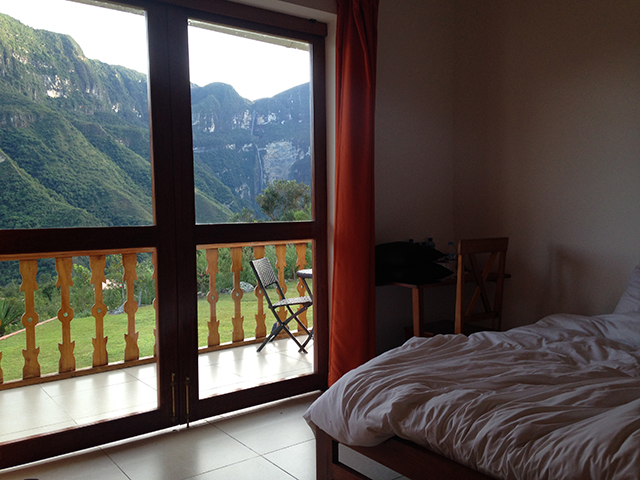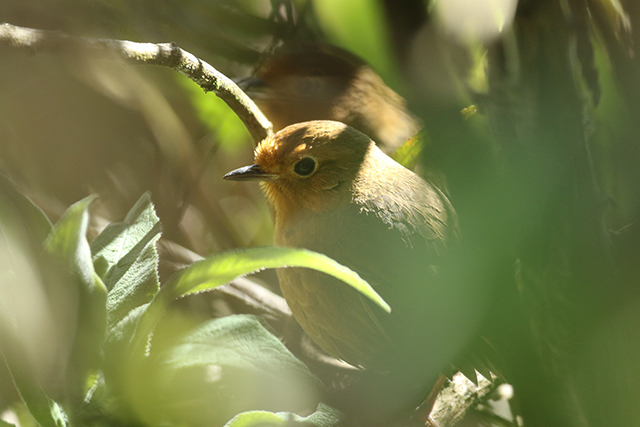From the Field
August 23:
Rich Hoyer on his just-completed tour, Brazil: Marvelous Mato Grosso
Flawless weather and a nearly continuous parade of birds and animals on this year’s Mato Grosso tour resulted in a treasure of memories and photos. Even without the easy-to-obtain photos, no one will ever forget the intensely blue and immense Hyacinth Macaws in the Pantanal, voted favorite bird by an overwhelming margin.
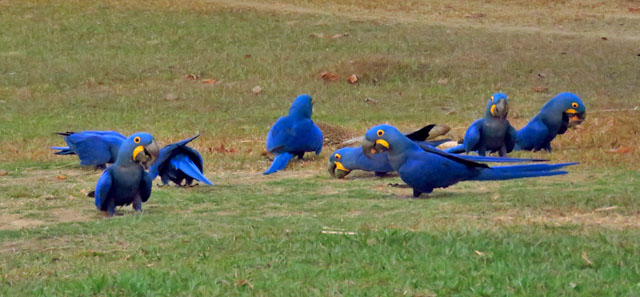
A distant second favorite but equally unforgettable was the Collared Crescentchest at Chapada dos Guimarães that crept around like a mouse under the clumps of grass right at our feet, eventually working its way up a bush to sing just a few feet away.
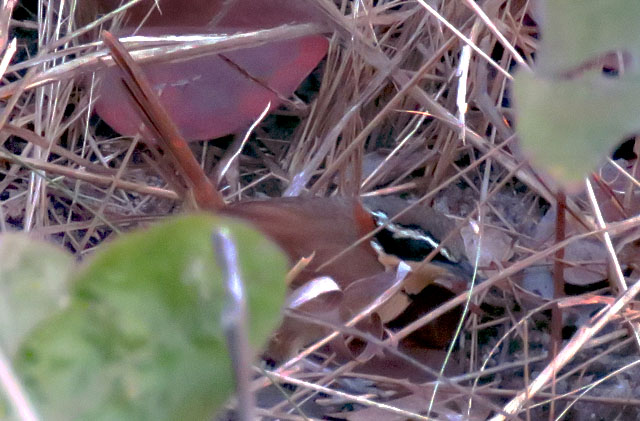
It was hard to choose other favorites among the 460 species of birds we saw, but those with impressive color combinations and fantastic bills seemed to draw the most attention, with White Woodpecker, Spangled and Pompadour Cotingas, Rusty-backed Antwren, Golden-green Woodpecker, and Helmeted Manakin in the first category and Red-billed Scythebill and Fiery-tailed Awlbill clearly in the second.
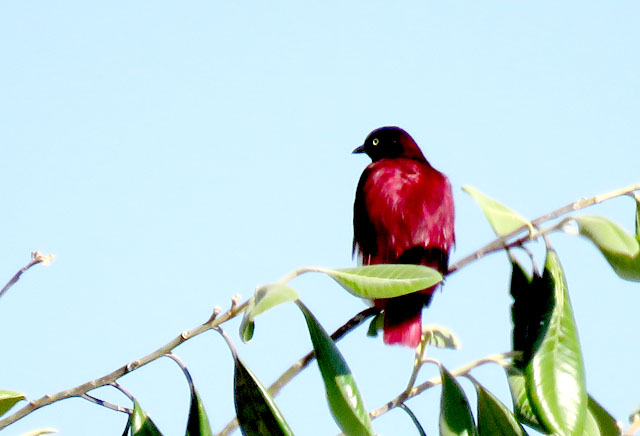
Pompadour Cotinga
Not especially colorful but favorited for their high cuteness quotient were Burrowing Owl and Snow-capped Manakin.
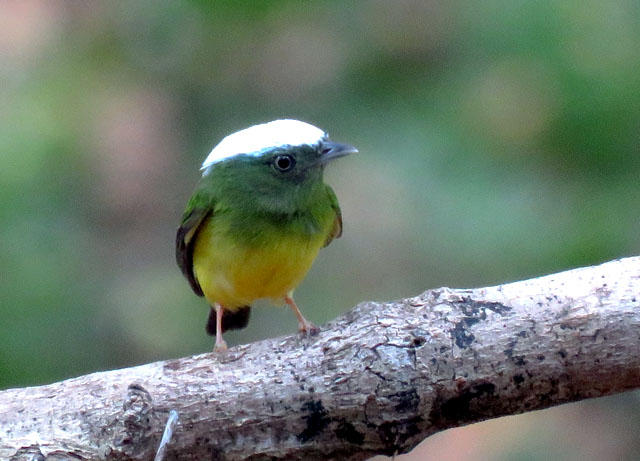
Snow-capped Manakin
There were fewer non-birds to choose favorites from, but how could our outstanding views of three different jaguars not top any list? But several South American Tapirs, Giant Anteater, Southern Tamandua, and a most exciting Yellow Anaconda helped make this a tour of epic proportions.
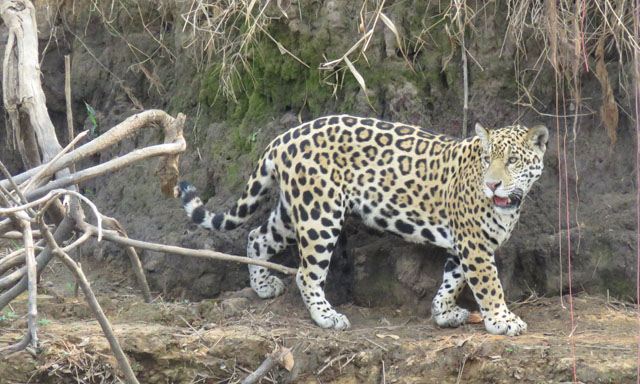
July 31:
Fabrice Schmitt and Luke Seitz on their just-completed tour, Peru - The Northwest: Chiclayo to Cajamarca.
This has to be one of the most scenic tours in South America. We traveled every day through amazing scenery: dry woodlands with hundred year-old trees, the impressive canyons of the Utcubamba and Marañon Valleys, majestic forests covered by lichen and bromeliads, and picturesque Andean villages with their inhabitants still living in their traditional way amazed us every day.
One of our field breakfasts, this one at 10,000 feet with a dominating view of the Marañon Valley.
The bottom of the Marañon Valley near Balsas.
However, fabulous scenery and we must say great lodges and stunning food.....

One of our lodges...
...with great views of the Gocta Waterfall from our rooms.
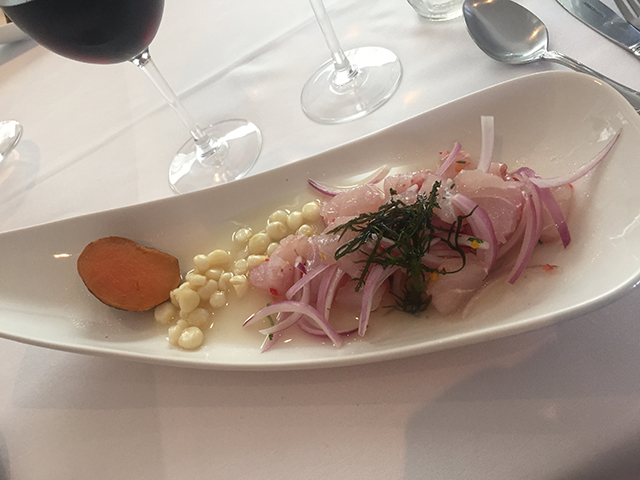
Some succulent Peruvian ceviche to offset the field meals
.....were just side dishes of our tour! We had amazing birding too! Marvelous Spatuletail, Peruvian Plantcutter, Rufous Antpitta, Peruvian Thick-knee, Torrent Duck and Streaked Tuftedcheek, each voted as best bird of the tour at least by one participant, all gave us amazing views.
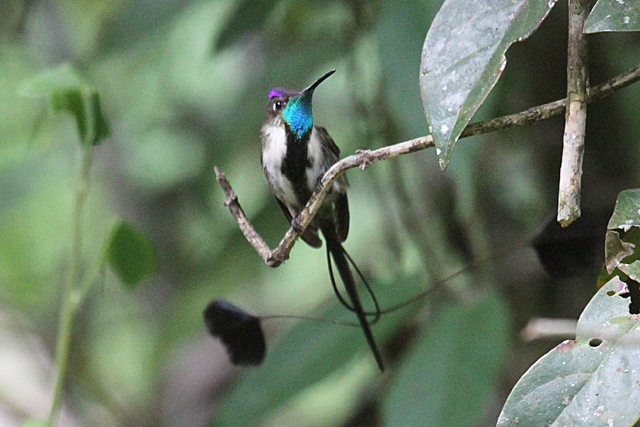
The marvelous Marvelous Spatuletail
Rufous Antpitta gave us stunning views
We also found many restricted-range species such as Buff-bridled Inca-finch, Tumbes Tyrant, Rufous Flycatcher, Marañon Thrush, Chestnut-backed Thornbird, Tumbes Hummingbird, Marañon Crescentchest, Short-tailed Woodstar, Peruvian Pigeon, Koepcke’s Screech-owl, Necklaced Spinetail, and we haven't mentioned the colorful ones such as Scarlet-bellied Mountain-tanager, Scarlet-backed Woodpecker, White-tailed Jay, Grass-green Tanager, Cinnamon Flycatcher, Many-colored Rush-tyrant or Chestnut-breasted Coronet.
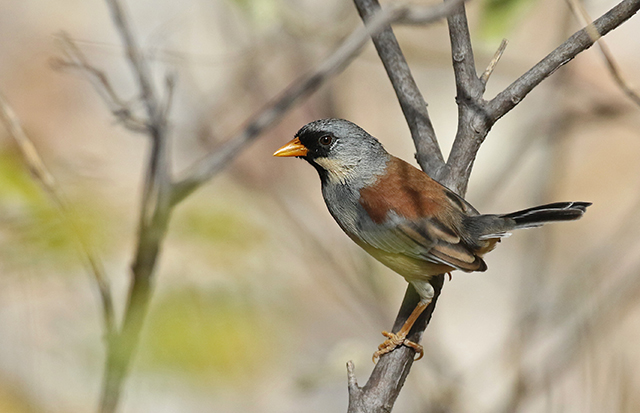
The handsome Buff-bridled Inca-finch
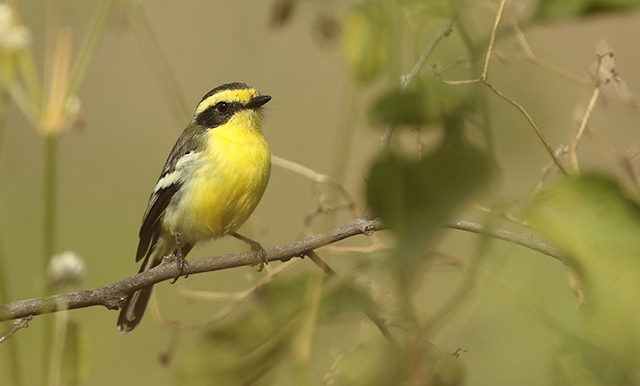
Charming Tumbes Tyrants and...
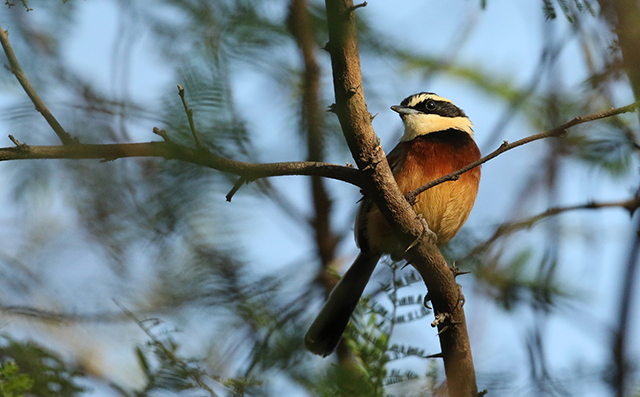
...the well-named Elegant Crescentchest were found just a few hundred yards from one of our lodges..
July 19:
James Lidster on his recently concluded tour, Mongolia
Had anyone told me that we would see two male Black-billed Capercaillies, next to the road, mid afternoon, I would have told them they were crazy! In fact, when one of our amazing ground crew said that we had a chance I think I might have started laughing... And then a few days later he mentioned it again, in fact he even told the group - it became the big joke of the tour - when we see the GUARANTEED Black-billed Capercaillies… After a while searching we were casually walking back to the bus when Paul mentioned those magic words ‘I’ve got a capercaillie!’ Less than 50 metres in front of us was a male Black-billed Capercaillie, completely frozen to the spot! It’s ability to look like a burnt tree branch was uncanny, and it eyed us up before slinking away. A little further away there was a second male...absolutely amazing!
Black-billed Capercaillie
We were on a high, a high that didn’t end there and within a few hours we had seen a Ural Owl with chicks, Siberian Rubythroat, Red-throated Thrush, Oriental Cuckoo and a Black Woodpecker!
That magic afternoon pretty much summed up the whole trip, brilliant birds in stunning scenery.
In the Altai mountains we scanned the high ridges and were rewarded with Altai Snowcock, as well as the endemic Kozlow’s Accentor closer by.
Watching Altai Snowcock
The endemic if drab Koslow's Accentor
Around the famous Gobi dunes we saw Saxaul Sparrows, displaying Oriental Plovers, Mongolian Ground Jays and Pallas’s Sandgrouse and at a large lake in the steppes we saw the enigmatic Relict Gull, a nomadic species whose breeding locations are rarely found.
The enigmatic Relict Gull
Elsewhere there were other specialties such as Asian Dowitchers, White-naped and Demoiselle Cranes, Wallcreepers, Pallas’s Gulls, Swan and Bar-headed Geese, Lammergeier and Pallas’s Fish Eagles, not to mention the warblers and flycatchers making their way to Siberian breeding grounds.
White-naped Crane
Demoiselle Crane
This was our 10th tour to Mongolia and we use the same ground crew every year for good reason. The new tents are great, tall enough to walk around in, sturdy in the toughest of conditions, beds and bedding are all supplied as well.
One of our tents in stunning surroundings
The dining tent gets more elaborate each year, tables and benches, great food and all washed down with red wine or local beers. Our crew also set up a proper camp toilet and shower, meaning that our Mongolian adventure is as comfortable as it can be!
We now camp for not more than 5 nights, and the rest of our time we are in tourist Ger camps, some of which can be very nicely decorated inside, and if it’s cold outside then what better than a morning fire to start the day? (lit by someone else to save you getting out of bed!)
A wonderful Ger camp
July 14:
Gavin Bieber on his recently completed tour, Arizona: Owls and Warblers
Our tour coincided with a period of unseasonably cool weather, with frequent overcast and even some (highly unusual) May rainfall. We very much enjoyed birding in seventy degree temperatures while observing an impressive 214 species. Since it is an owls and warbler trip our highlights often come from those groups. Among the nine species of owls detected the cooperative Spotted Owl and an inquisitive Whiskered Screech-Owl were particular delights.
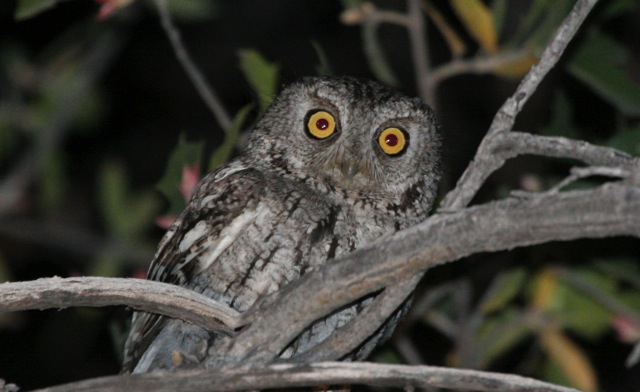
As always, the warbler show was excellent, with our favorite local species like Red-faced Warbler.
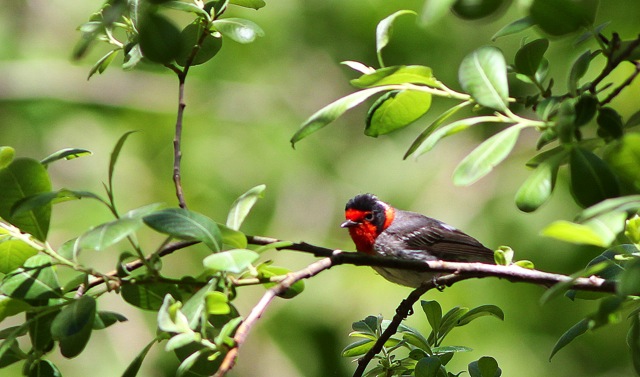
We were lucky as well with rare species like Slate-throated Redstart and Rufous-capped Warbler.
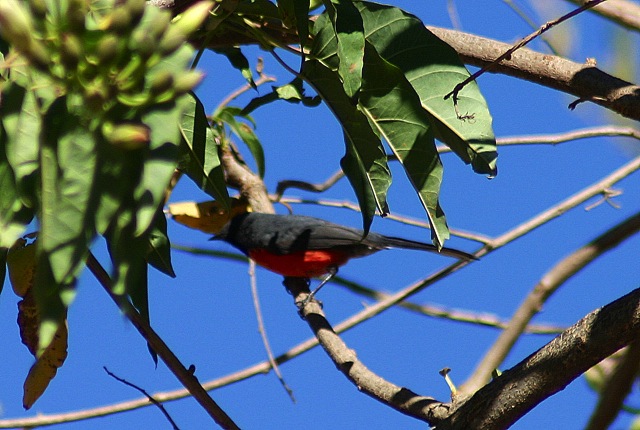
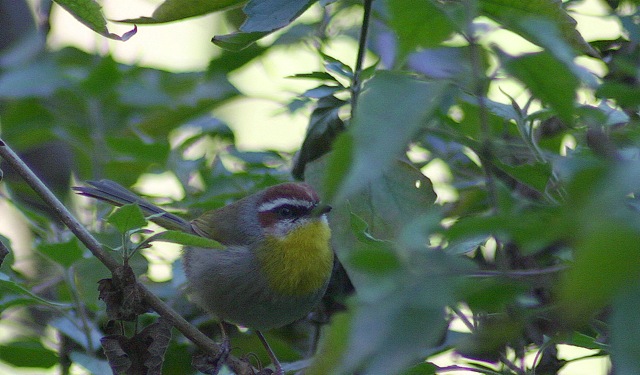
Border specialties like these Five-striped Sparrow, Buff-collared Nightjar and Elegant Trogon preformed well, and we had an exceptional tour for Montezuma Quail, seeing them on half the days in the field.
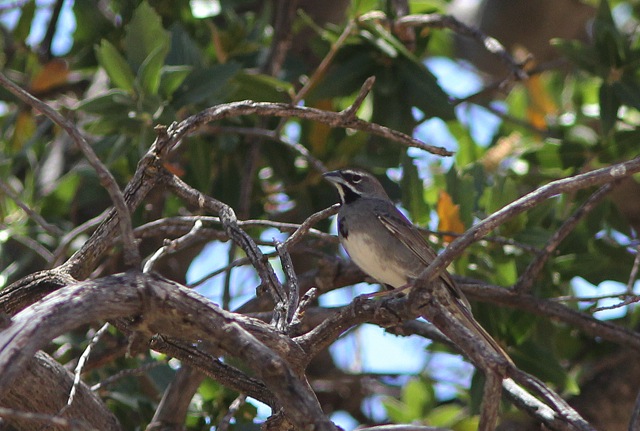
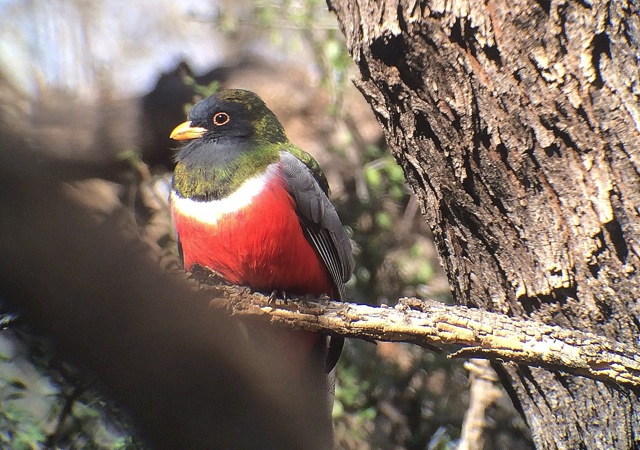
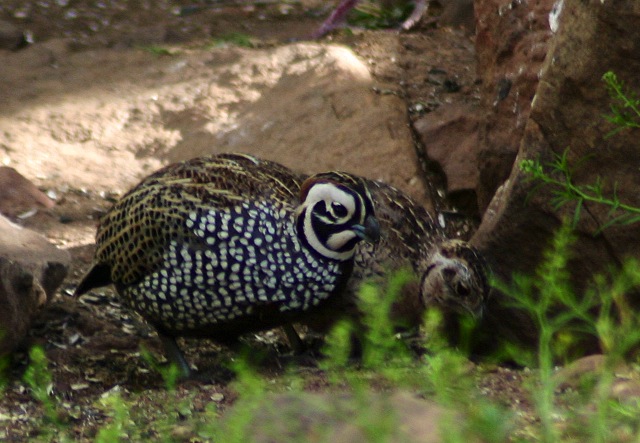
When you can combine such a wide array of spectacular birds with the marvelous desertscapes, it's no surprise that Southern Arizona is a fabulous place for a bird tour.
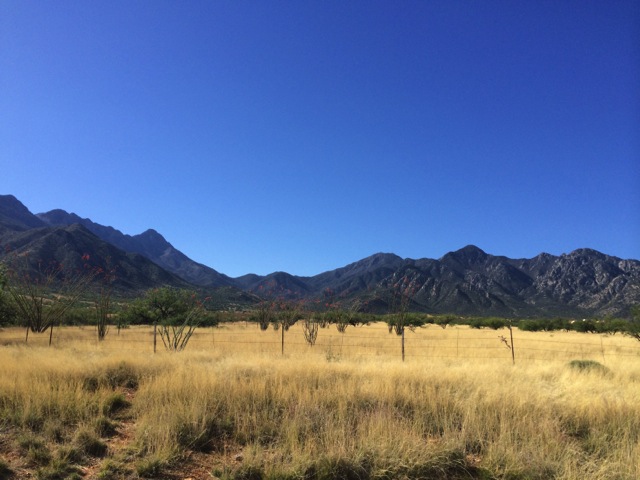
July 12:
James Lidster on his recently concluded tour, Estonia in Spring: Migration along the Baltic Sea
The thought of watching Arctic migration while wearing a t-shirt and sunglasses wasn’t one that crossed my mind prior to this tour, but that’s exactly what we did! In fact with almost everything we did we were treated to beautiful blue skies and windless days.
And if we were concerned that the nice weather might be too nice for seawatching we needn’t have been….as on our first morning we saw over 1000 loons migrating. Loose groups above and below the horizon and sometimes right above our heads, absolutely brilliant.
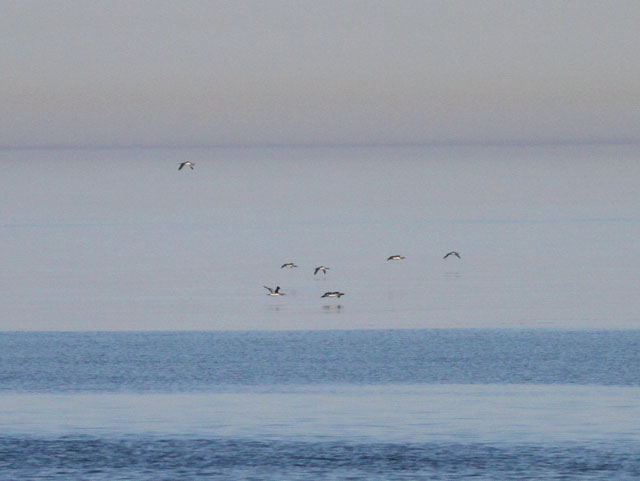
At the same time we could hear displaying Long-tailed Ducks and Common Scoters, had to duck when the Mute Swans flew past and also saw Tundra Swans, hundreds of Barnacle Geese and a great selection of migrants including Eurasian Hobby (that caught a Reed Bunting over the sea), Bohemian Waxwings, European Serin, Wood Sandpipers and Eurasian Whimbrel. And that all before lunch on the first day!
With such a multitude of prey on offer we weren't disappointed with our raptor sightings either, ranging from White-tailed and Lesser Spotted Eagles to Montagu's Harrier and this Northern Goshawk.
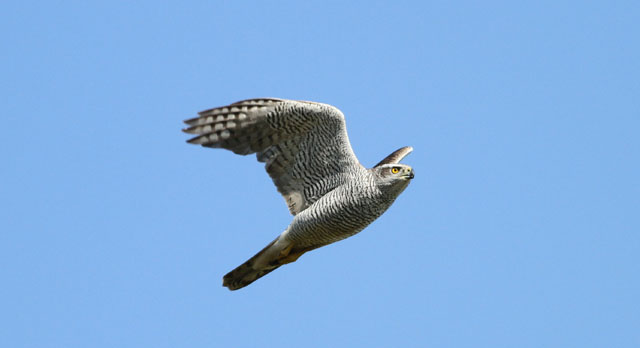
On the final morning we explored a local marsh where both Thrush Nightingale and Penduline Tits were not only plentiful but also very obliging.
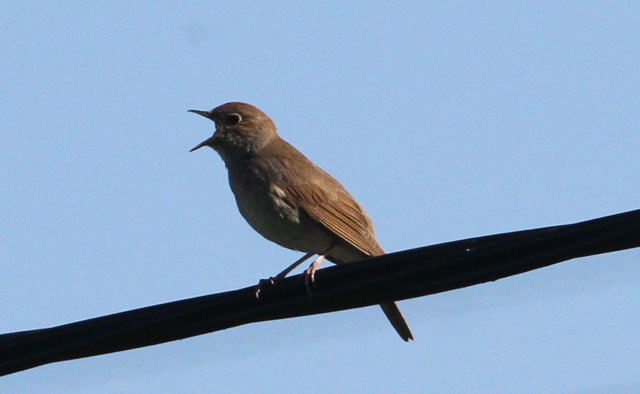
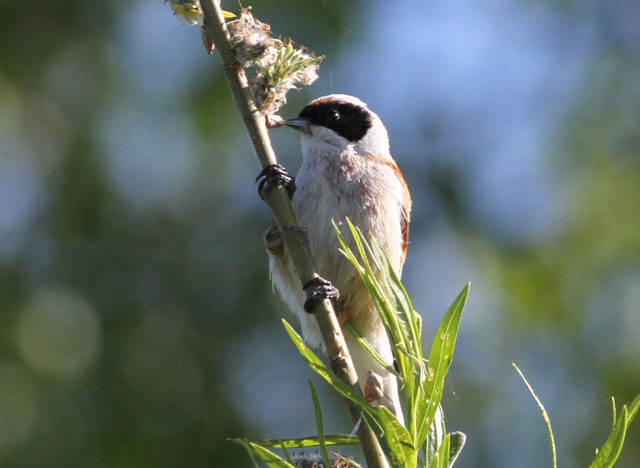
The migration theme continued throughout the tour and our final totals of Barnacle, Eurasian White-fronted and Tundra Bean Geese all numbered in the thousands (if not tens of thousands). The goose highlight of the tour was undoubtedly the adult Red-breasted Goose among thousands of Barnacles, although the sight of a flock of White-fronted Geese migrating over Tallinn during our last day sight-seeing walk seemed to sum up the whole trip.

We had a few early starts to get out into the forest on time, essential if we wanted to see Western Capercaillie and Black Grouse, and neither disappointed with a great encounter with a group of displaying ‘Capers’, with the males running at each other and splaying their tails.
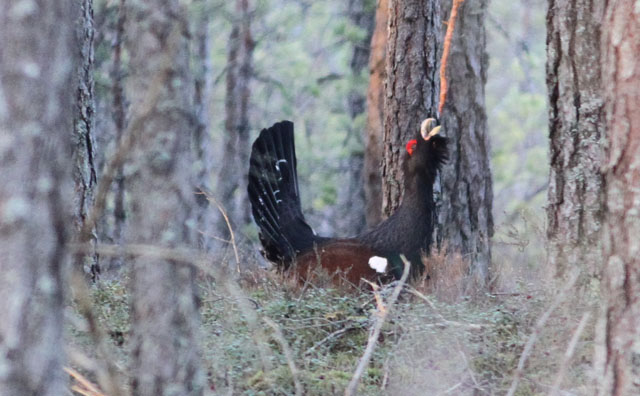
Nearby we watched and listened to bubbling Black Grouse, while Whooper Swans bugled and the sky was full of the sound of displaying Northern Lapwing and Eurasian Skylarks, just magical! Elsewhere in the forest pride of place went to two different Ural Owls we saw.
Woodpeckers were well represented with Black, Grey-headed, Middle spotted (below) and White-backed all being seen very well, as well as several encounters with Eurasian Wryneck.
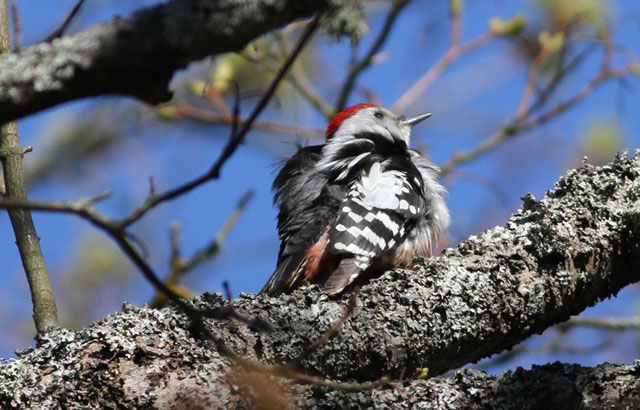
The nice weather meant we also got to enjoy an evening boat trip to the south of Matsalu Bay, complete with homemade Estonian stew, local liqueur, hot coffee and best of all an incredibly obliging Eurasian Elk (Moose) and several European Beavers.
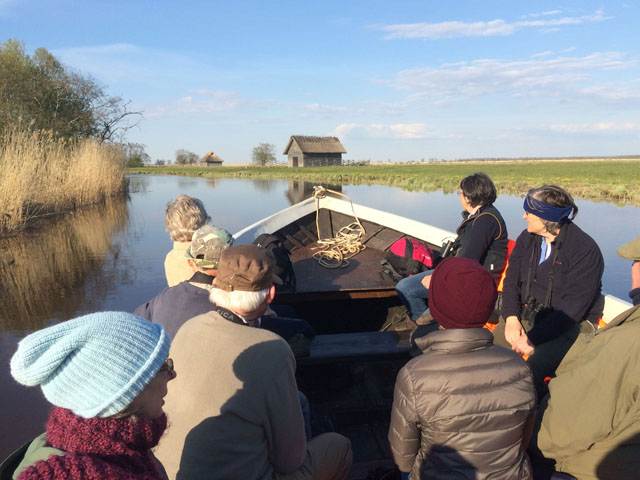
July 10:
Gavin Bieber on his just-completed tours to the Pribilof Islands and Point Barrow, Alaska
Gavin Bieber reports from tour Alaska: Majesty of the North:
The 2016 Alaska Majesty Tour extensions to both the Pribiofs and Barrow were incredible. We arrived in the Pribilofs to full sun and remarkably warm temperatures. The Bering Sea was flat calm for our entire visit and the tundra wildflowers were out in a riot of color (a show that normally would be in place during mid-July). The local breeders like Red-legged Kittiwake, Red-faced Cormorant, Rock Sandpiper and Crested Auklet all posed nicely for our cameras this year.
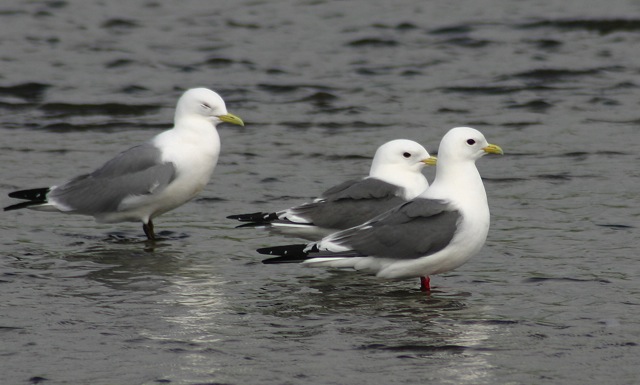
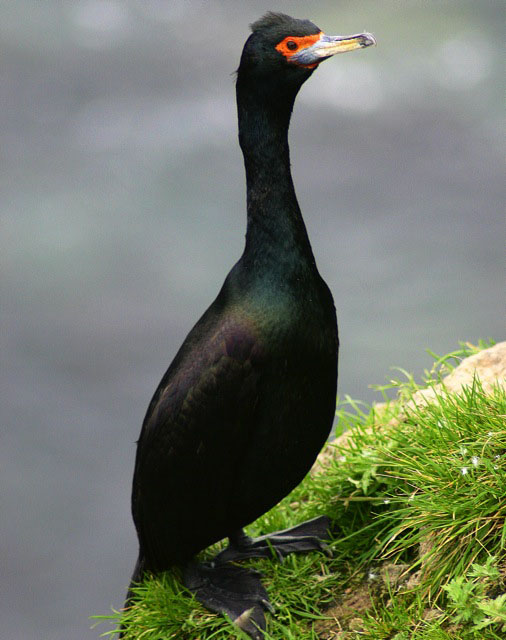
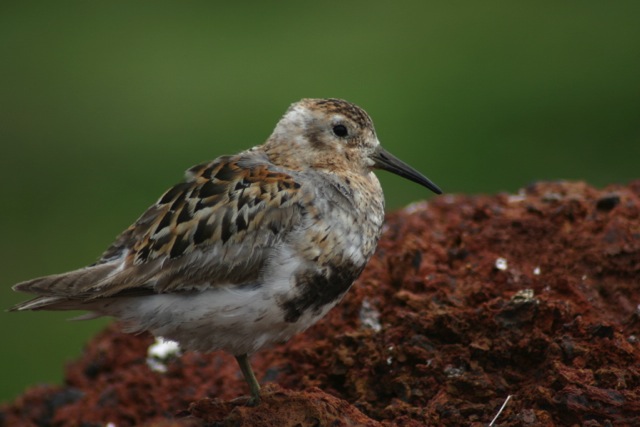
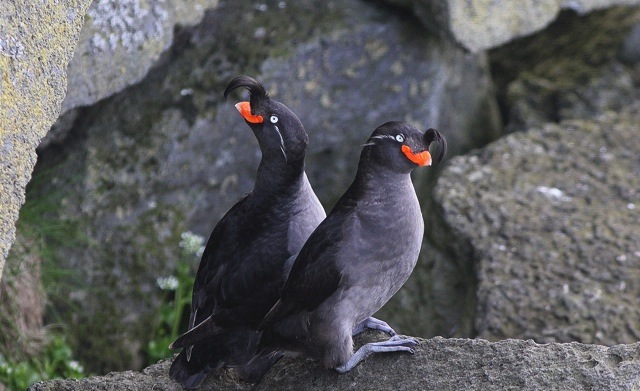
Despite the nearly perfectly calm weather we even managed to spot a few rarities, with a passing fishing ship dragging hundreds of Northern Fulmar and a Laysan Albatross, and a fly-by Gray Wagtail that flew right over our parked van! Our post tour extension to Barrow was superlative, with repeated views of all four species of Eider in excellent plumage including the dazzling Steller’s and Spectacled, several Snowy Owls, displaying Pectoral Sandpipers, a pair of Yellow-billed Loons and even a vagrant Barn Swallow, likely of the white-bellied Asian subspecies.
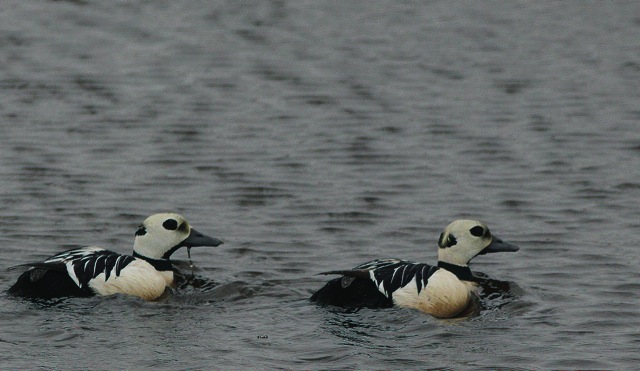
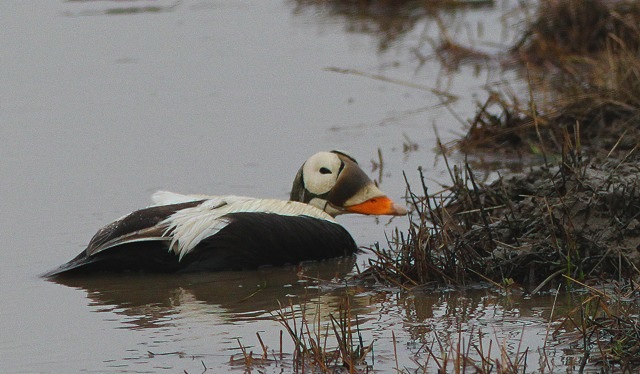
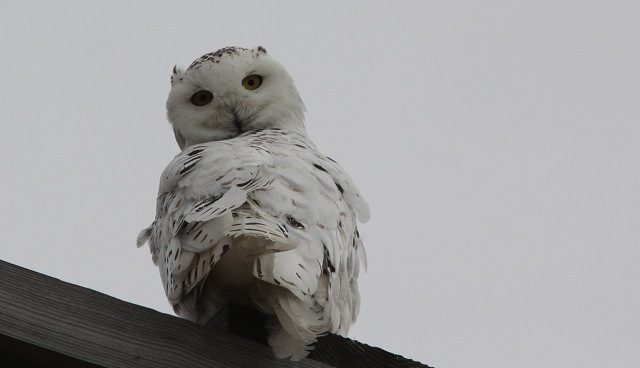
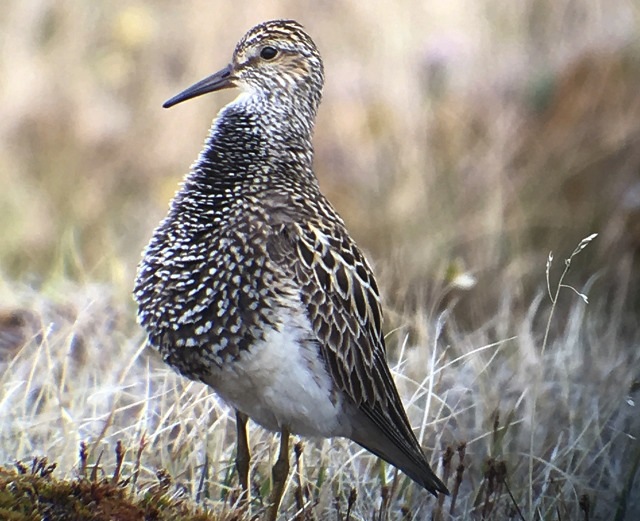
These two outposts act as a perfect complement to the mainland tour, offering excellent views of some of the hardest to find breeding species on the continent, and truly unique scenery.
July 10:
Gavin Bieber and Evan Obercian on their just-completed tour, Alaska: Majesty of the North
Gavin Bieber reports from tour Alaska: Majesty of the North:
The 2016 Alaska Majesty Tour found above average temperatures and sunshine virtually everywhere on the itinerary. The very mild winter of ’15-’16 seemed to shift a lot of bird breeding activity to earlier in May. Great birds and sweeping landscapes were found at every turn. On the main tour this year we started around Denali National Park, where the mountain was a near constant companion.
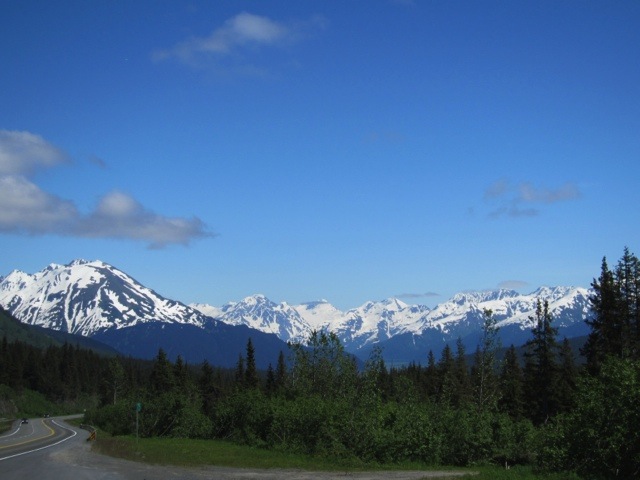
Here too were iconic mammals of the north, such as Grizzly Bear and Moose.
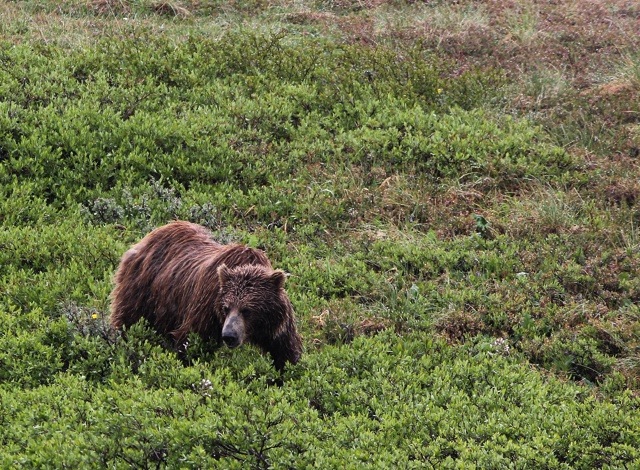
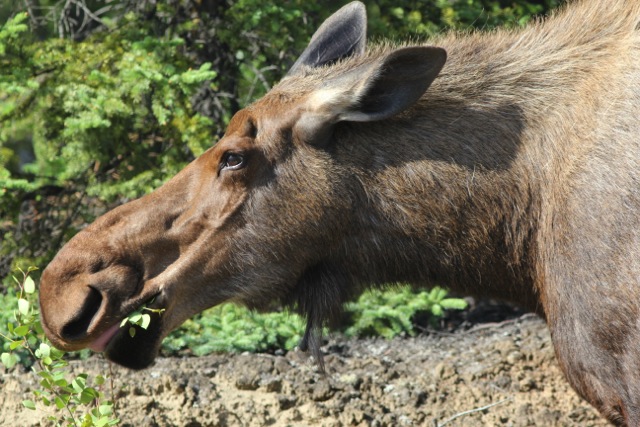
Nome was, as ever, amazing, with point blank views of birds like Willow Ptarmigan, and remarkably good views of Bristle-thighed Curlews, even for those who did not make the hike!
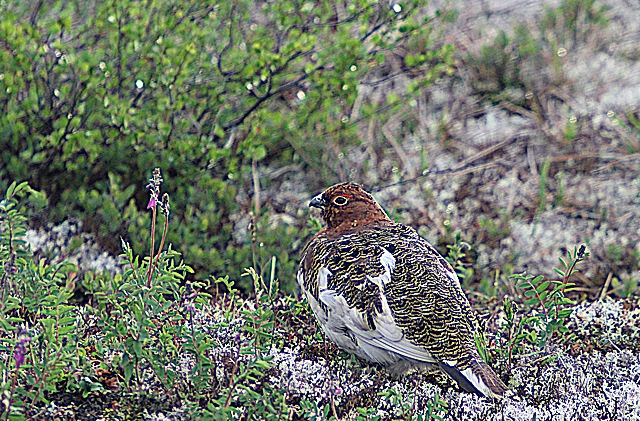
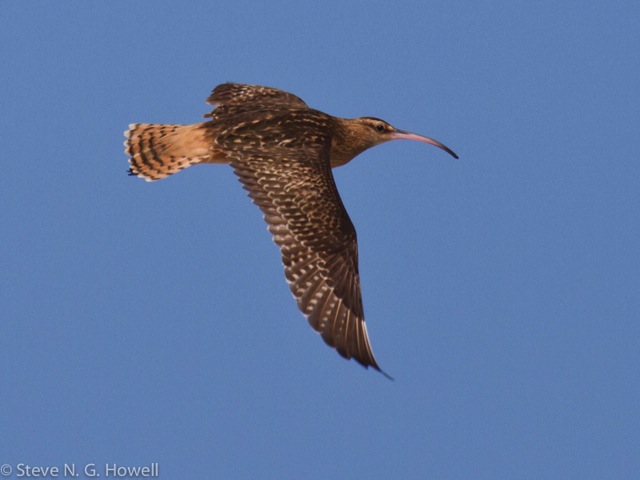
The beautiful Resurrection Bay and Seward were under full sun this year, with Humpback Whales and Bald Eagles really putting on a show, and good sightings of Kittlitz’s Murrelets.
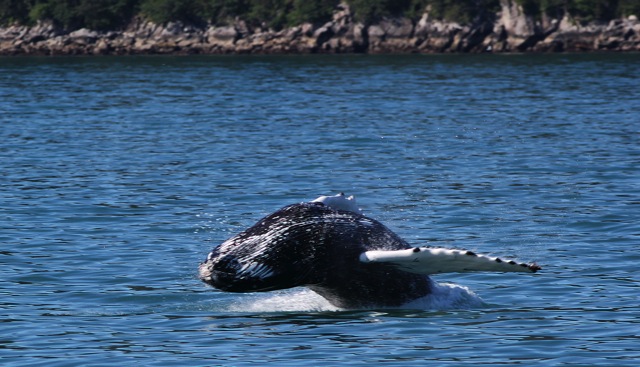
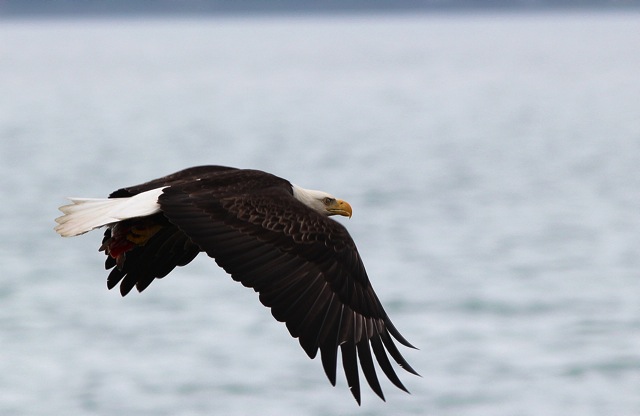
The richness of the environment here was highlighted by the incredible number of Common Murres that we encountered near the head of the bay.
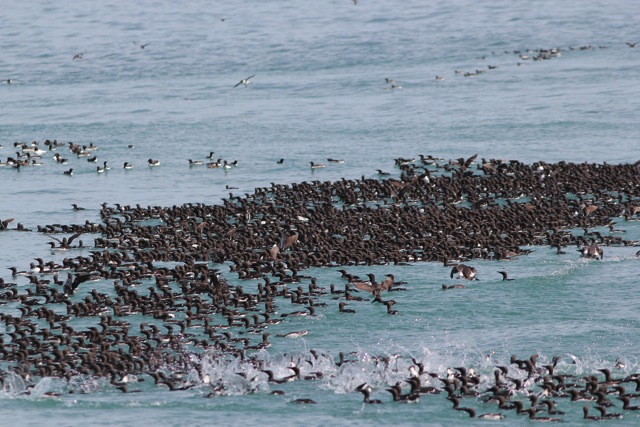
The variety and abundance of birdlife and wildlands that we see on this tour is staggering, and contribute to making western Alaska one of the best birding tour destinations in the North America.
June 9:
Evan Obercian and Steve Howell from their ongoing Minnesota and North Dakota tour
Wonderful scope views of singing Henslow’s Sparrow and Connecticut Warbler have been among highlights of the first two days, exemplifying the varied habitats this tour visits. Our first morning we appreciated ‘grassland’ microhabitat differences between Henslow’s Sparrow (dead grass mats from the previous year) versus Dickcissel (lush fields with clover), as well as sampling some of the more southern warblers on our route, such as Blue-winged and Hooded. Moving up to the bogs and boreal forest we found a very obliging Connecticut Warbler shouting his song from the canopy, and also enjoyed sundry warblers, including the stunning Golden-winged, Canada, and Bay-breasted, plus a showy Black-backed Woodpecker. Another morning of boreal forest and then into the prairies...
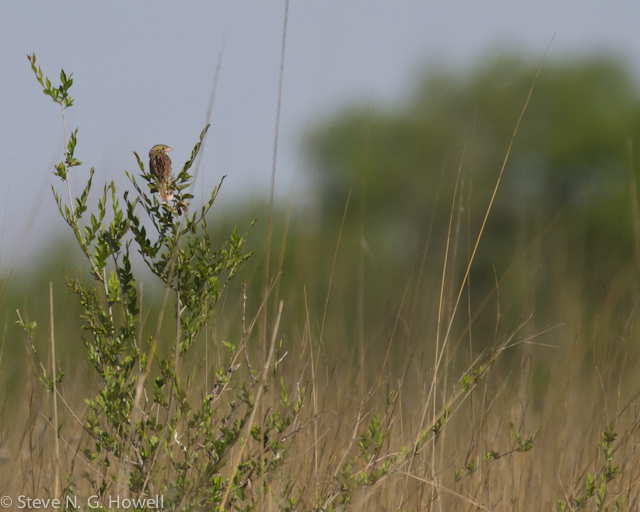
Henslow’s Sparrow in habitat, versus...
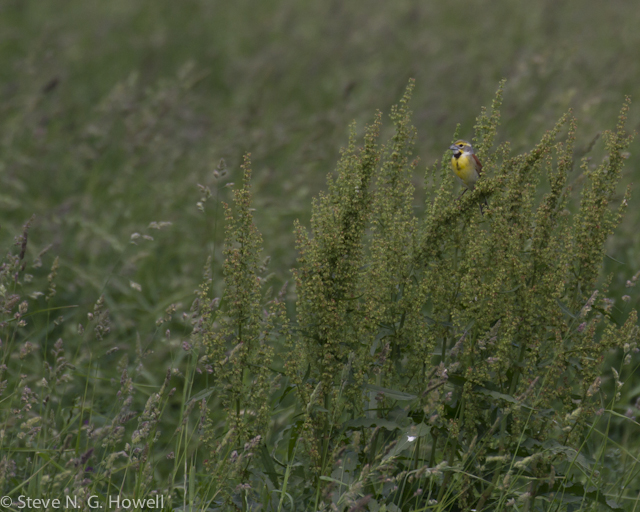
Dickcissel in habitat
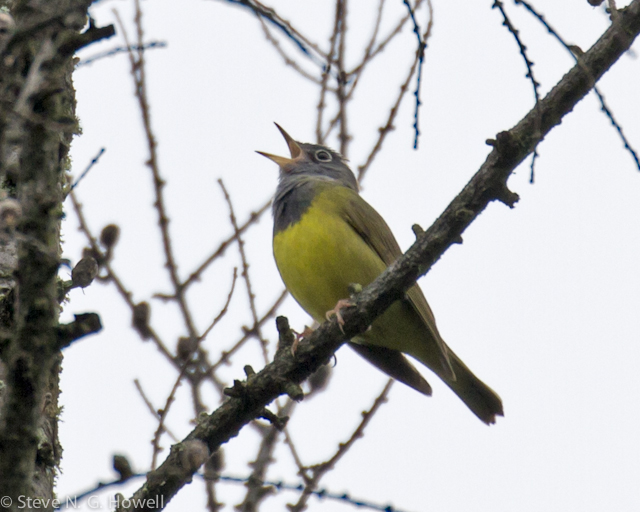
About the ‘easiest’ Connecticut Warbler ever...
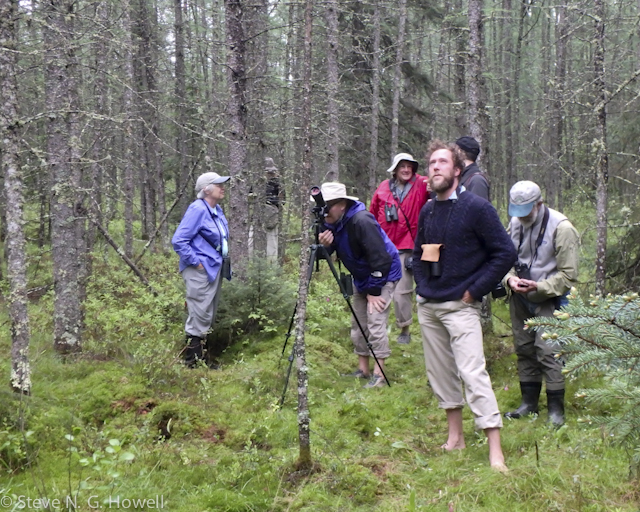
Watched through the scope for many minutes
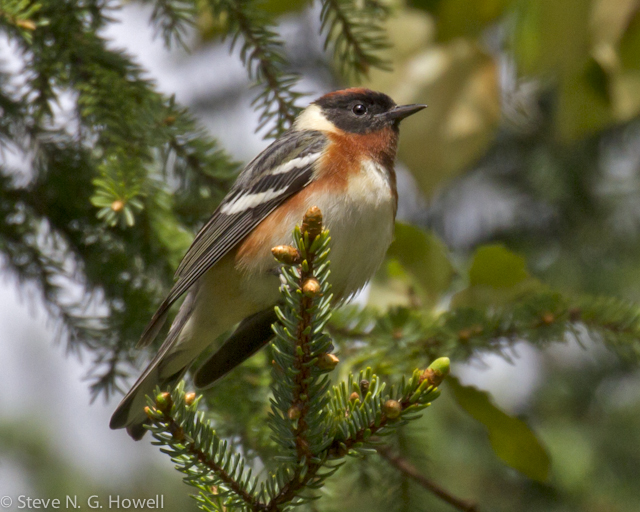
The ever-popular male Bay-breasted Warbler, ...
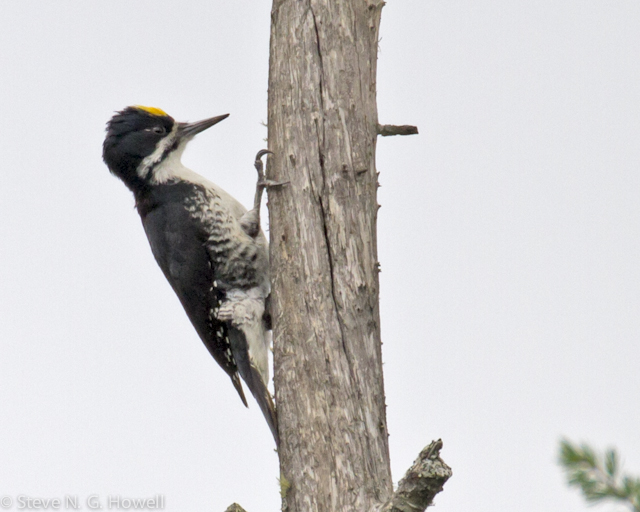
And a handsome male Black-backed Woodpecker
June 8:
Stuart Elsom on his about-to-be completed photographic tour, Hungary
We are coming to the end of our first tour. What a fabulous place, with hundreds of Bee-eaters coming and going, numerous Rollers, Hoopoes, and both Red-backed and Lesser Grey Shrikes, Corn Buntings and Whinchats and Tree Sparrows on the farmland. A blind overlooking a small drinking pool proved to be an excellent location to photograph a number of species, including Hawfinch, while the putza was awash with wild flowers – giving us great opportunities to capture images of a variety of insects such as Queen of Spain Fritillary and Lesser Purple Emperor. The reptiles, such as Sand Lizard, were pretty photogenic as well.
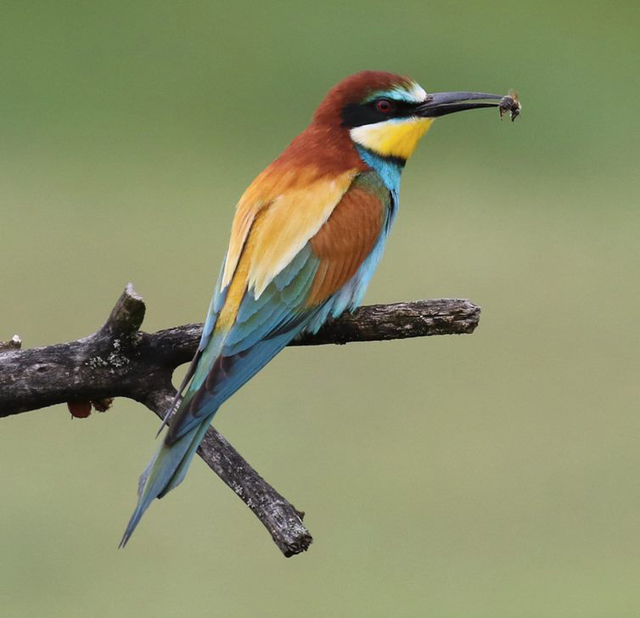
European Bee-eater
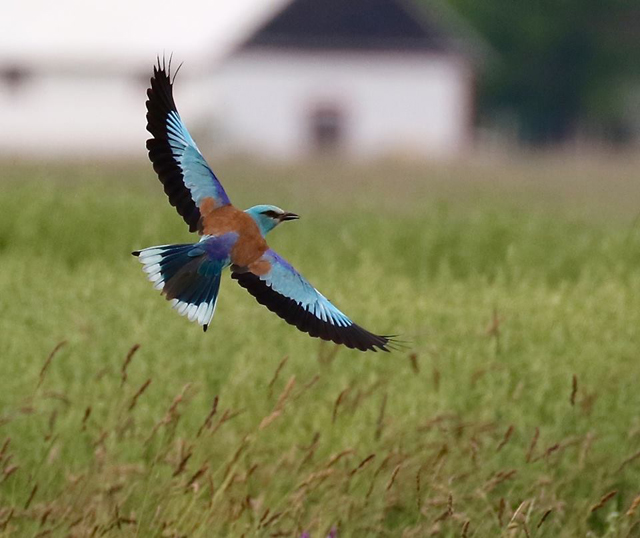
European Roller

Hard at work...
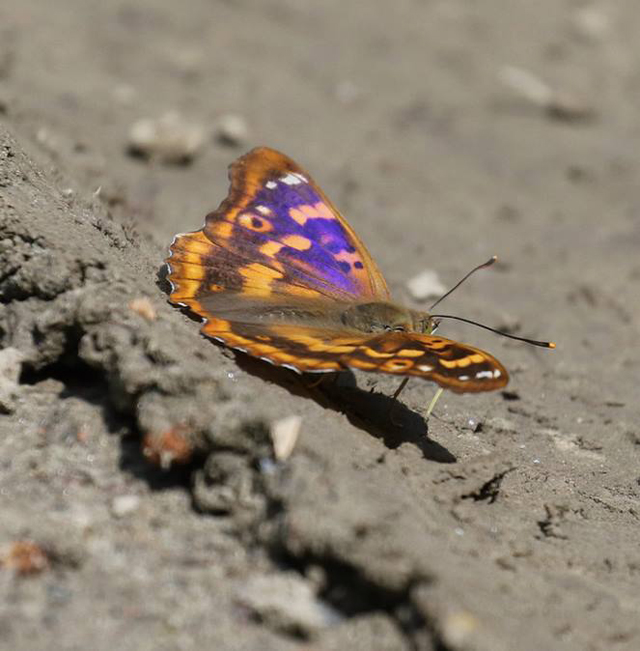
Lesser Purple Emperor

Sand Lizard
May 4:
Gavin Bieber and Evan Obercian on their just-completed tour Florida: The South, the Keys and the Dry Tortugas
We just wrapped up a fun week exploring from Fort Myers to Key West. We started with a day in the dry pine forests and upland scrub of the central peninsula with fantastic views of two pairs of Red-cockaded Woodpeckers, and a very attractive Yellow Ratsnake.
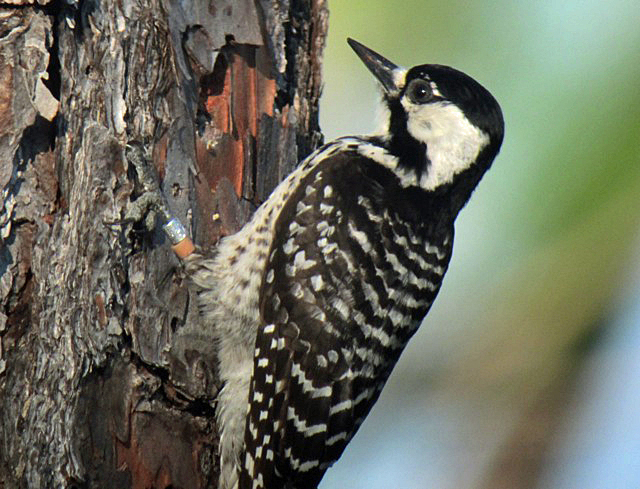
A well-studied Red-cockaded Woodpecker
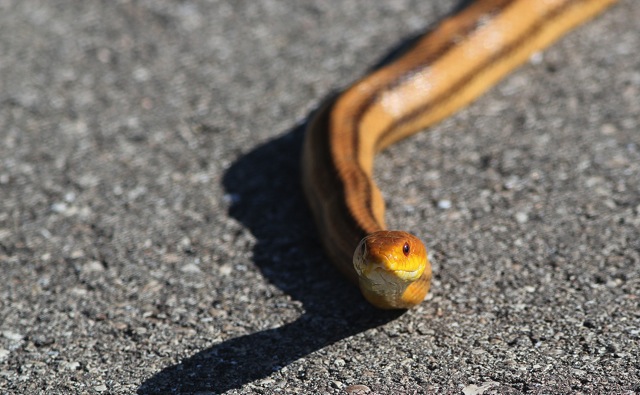
Inspected by a Yellow Rat Snake
The sandy beaches along Florida’s West coast supported some nice flocks of shorebirds which allowed for an impromptu wader workshop.
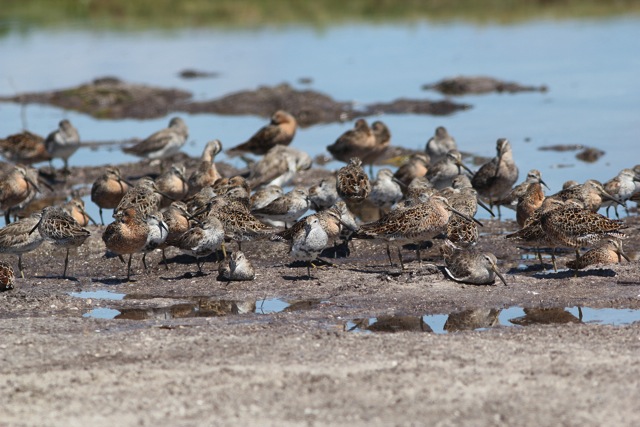
Short-billed Dowitchers and Dunlin...did I miss anything?
Waterbird rookeries in the Everglades gave us excellent views of birds like Great Egret, quite a sight in their full breeding regalia.
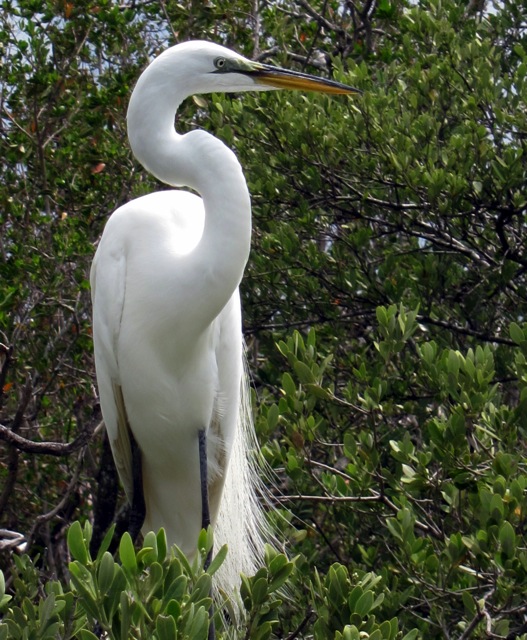
Great Egret festooned with plumes
A day trip out to the unique Fort Jefferson in the Dry Tortugas was sunny and hot (unlike last year) but still produced 15 species of warblers (like this male Hooded Warbler) and fine views of Masked and Brown Boobies.
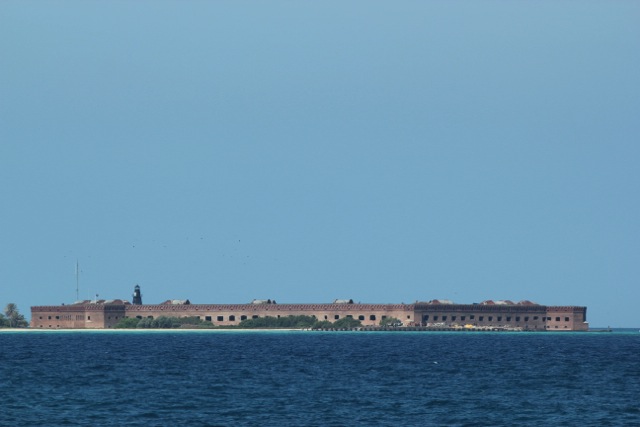
Fort Jefferson, a part of Everglades National Park
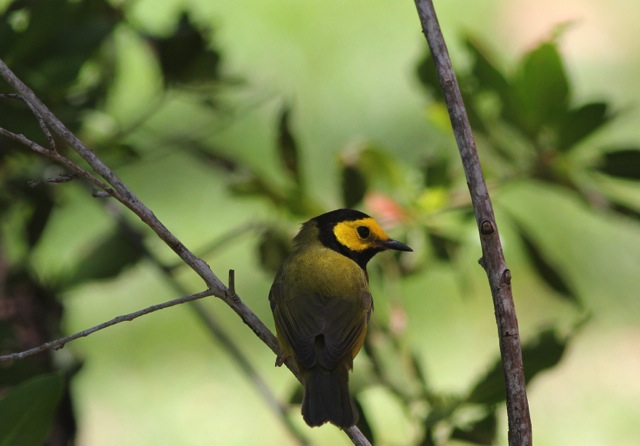
Hooded Warbler
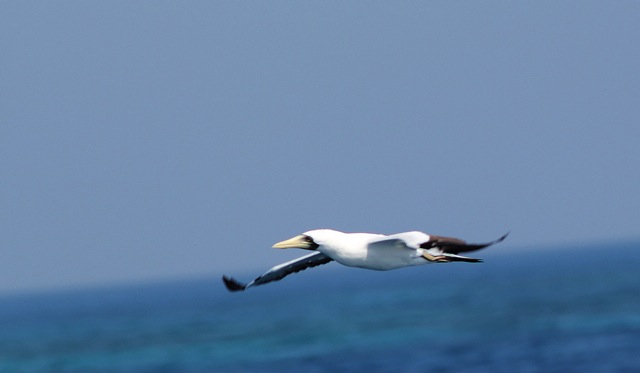
One of maybe 60 Masked Boobies
Once back on the mainland we were happy to find a pair of Smooth-billed Ani, after a several year absence, and enjoyed the full sweep of Flordia’s countable exotic avifauna.
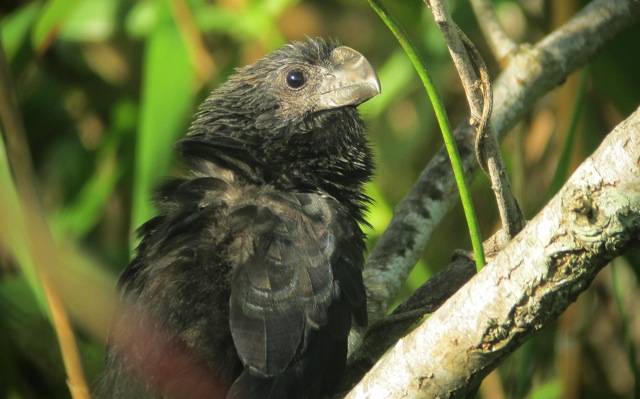
Smooth-billed Ani
I look forward to this tour every year, as it combines great eastern migration birding with Florida's highlight species, and a wealth of reptiles, amphibians, butterflies and even fish!

